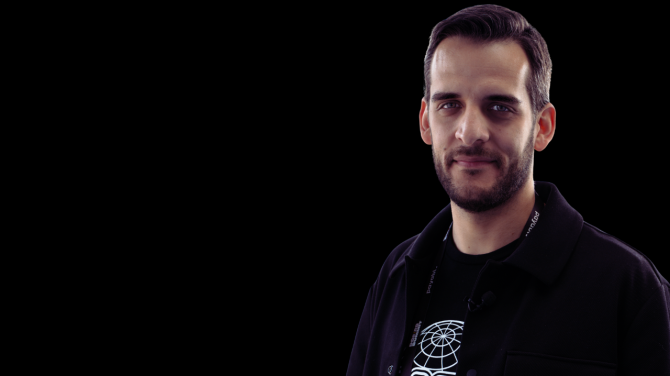What are the challenges connected to population growth in the urban areas? According to data from the World Bank, over 75% of the EU citizens live in urban areas. For the US, the number is even higher – 82%. In the past decade, the citizens of both these areas have seen a number of challenges, including increased levels of pollution, infrastructural problems, lack of connectivity, and troubled mobility.
Cities have been trying to harness innovation in order to deal with these obstacles. For over 5 years, the population of Helsinki has been using mobility as a service (MaaS) application. In its essence, this type of solution consists of a digital platform that offers trip planning, booking, electronic ticketing, and payment services. By solving the problem of having to contact and pay for all these services separately, MaaS technologies have pushed forward the idea of centralizing public transportation as a way to tackle the demand of citizens for a better service. The rise of this trend has created a new entrepreneurial niche where innovators are currently working on connecting public and private transport for the users’ benefit in centralized city platforms.
On a local level, the SEE market has seen development in the sphere with the transnational expansion of the MaaS company Modeshift. The solutions of the company enable account-based automatic fare collection, e-ticketing, real-time traffic information, and vehicle location to facilitate the connectivity of municipalities, transit agencies, and passengers. The solution of Modeshift is functioning across cities in Bulgaria, Romania, and the US, and has faced unprecedented interest, materialized in a 110% adoption rise for 2020, BusinessWire reports.
The Recursive team met with Miroslav Katsarov, Executive Director of the company, to discuss the company strategy, vision and goals while understanding the tech core of its solution.
Contactless public transportation
At its core, the Modeshift platform is built upon the account-based automatic fare collection model, meaning that all the travel information and validation history are stored in every passenger’s profile. Through that account, one can access e-ticketing services, connect to the real-time traffic database of a given city, and prove the validity of their travel document during visual inspections or by using a generated QR code. The passenger information retrieved from the app includes an approximate trip duration and travel time, information for bus shelters, as well as real-time vehicle tracking. The Modeshift application that passengers use is available for iOS and Android and is compatible with Apple Pay, Google Pay, and bank cards. The CAD/AVL (Computer-Aided Dispatch / Automatic Vehicle Location) that is also part of Modeshift’s solution package enables transportation agencies to receive data from their vehicles regarding the exact location of the latter and support headways management, on-time performance, as well as the generation of routes and schedules. Supporting data analysis, Modeshift also generates reports regarding the traffic trends that are customizable in order for the administration of agencies and municipalities to retrieve the information needed.
When it comes to such type of innovation, Katsarov believes that smaller cities have the advantage to be more flexible and adopt technology faster.
Meeting the demand
Katsarov shares that the Modeshift solution is 100% cloud-based and compatible with third-party systems. One of the most effort-consuming stages of building the solution “from scratch”, Katsarov shared, was finding the common denominator between the numerous different agencies and operators to suit the demand of both the European and US markets. The Modeshift solution operates in the Bulgarian city of Varna, as well as in the town of Stara Zagora and the Romanian Braila, Craiova, Bistrita, and Slobozia.
Varna, which uses Modeshift’s parking solution, has seen a 15% higher revenue than expected by the respective authorities, while Craiova has reported a 20% increase in its ticket revenue and easier monitoring for the RAT Craiova staff. At the beginning of 2020, Modeshift also expanded commercially to the US market and currently operates in cities in 8 of the states, including Pennsylvania, Texas, Louisiana, California, and New York. In the case of Pennsylvania, Katsarov shares that it took the team less than 9 months to implement all the functionalities of Modeshift.
Compared to other MaaS companies such as Masabi that have been in the business for long, the Modeshift solution offers more flexibility and services, according to Katsarov. “There are a lot of cloud-based account-based systems, but these rarely encompass the whole range of needs of a given municipality. And most of them are, for example, only doing mobile ticketing, which is a small element of the system, so what we’re trying to change is the approach and the rules of the game,” he added. While Modeshift will continue its US expansion, its next goal is to enter the South American or Asian market. When it comes to fundraising, Katsarov shares that the next round of the company will probably be in the US.








